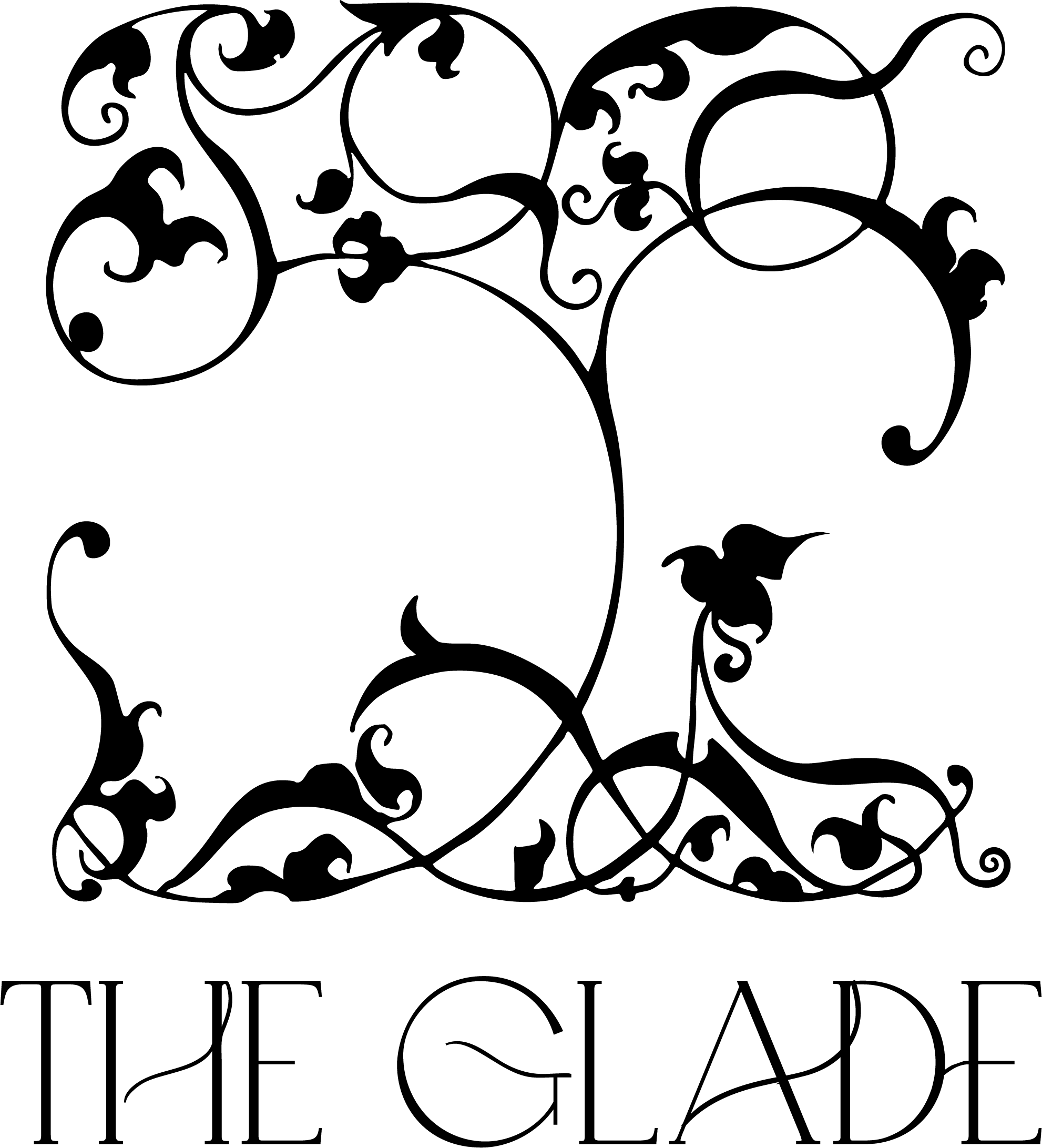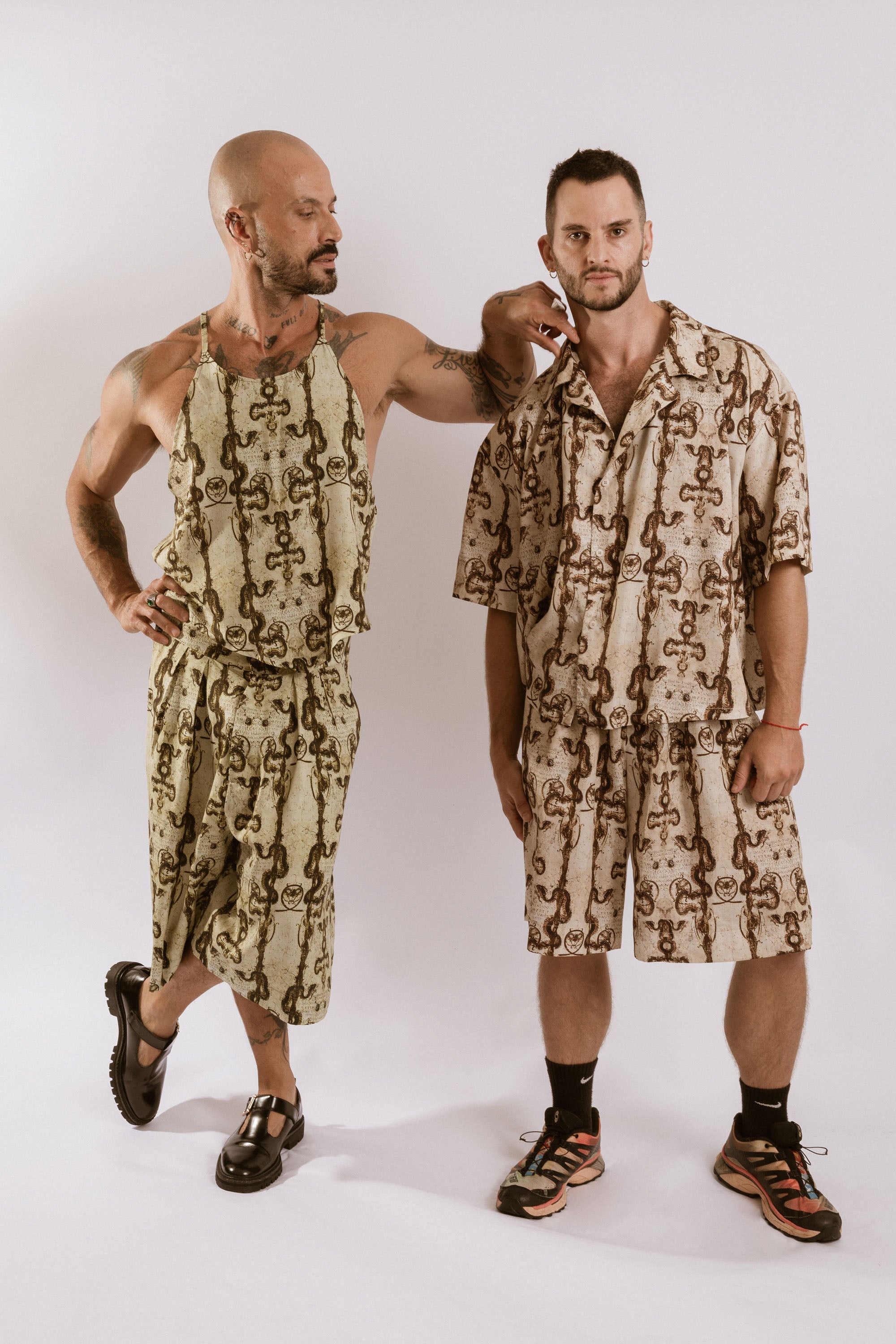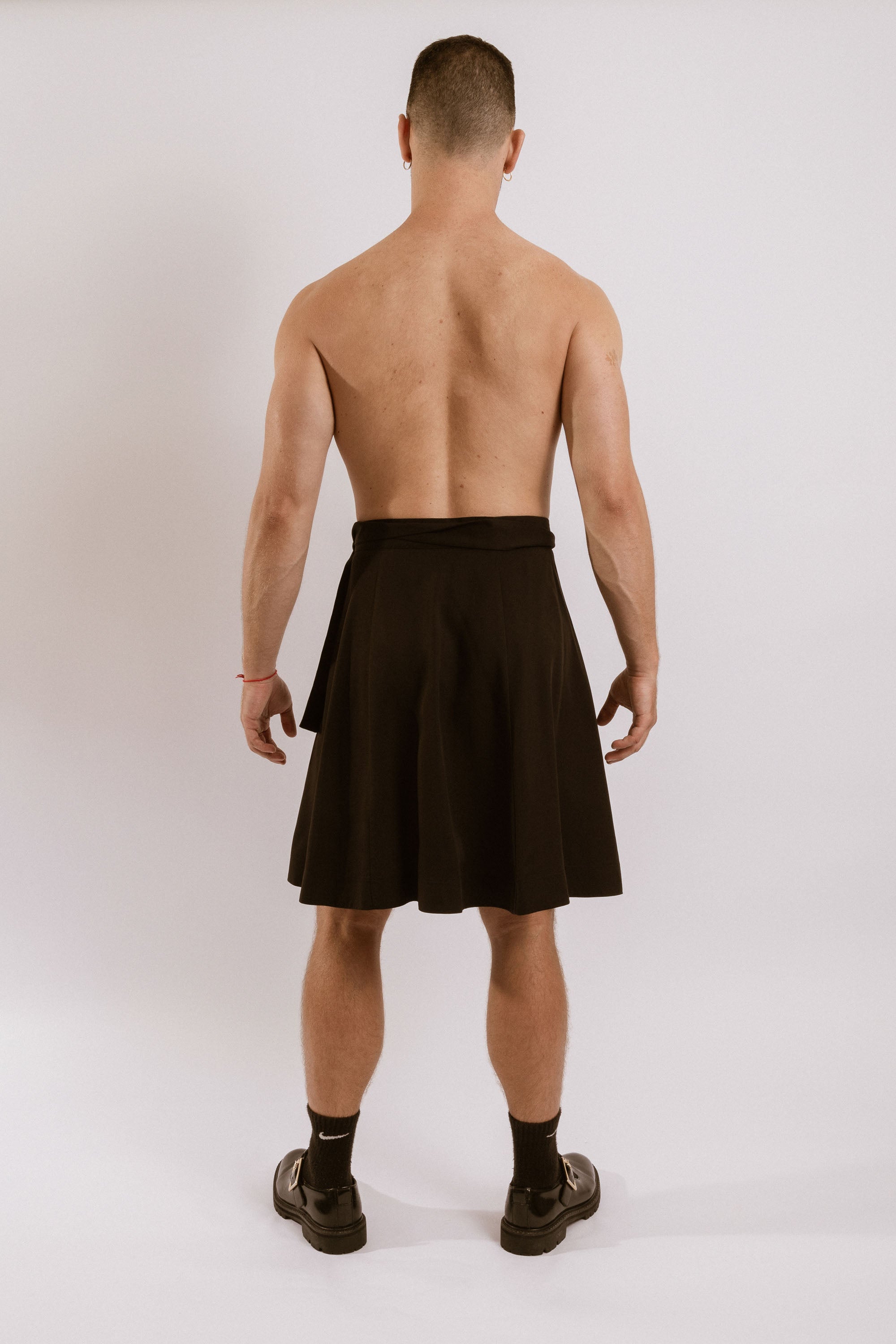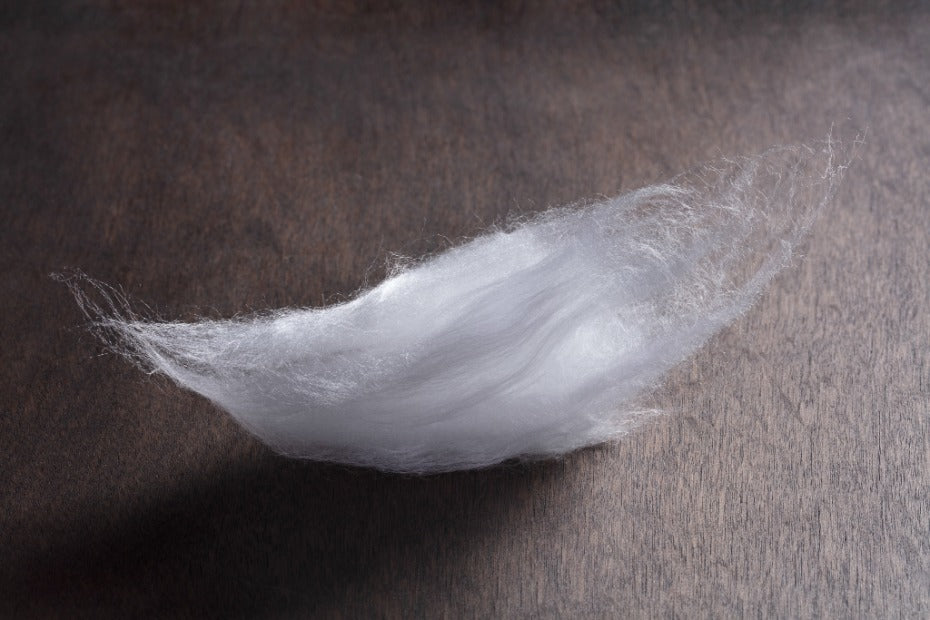Article: What is Circularity?
What is Circularity?
I'm sure you've seen the word 'circularity' thrown around when discussing sustainability & how design can combat the negative effects of fast fashion & reduce the environmental harm of over-consumption.
At its core, circularity is a model of production where waste and wastage is designed back into the system, creating a closed-loop (or circular) model.
Currently, most industries work within a linear economy.
We take, we make, we throw away.
In turning that unsustainable, straight line method of production into a circle, we use what would have been thrown away and create something new again.
In a perfectly circular model, there would be no need for new or virgin raw material, everything we need to create would be in production already — all materials could and would be endlessly reused and recycled, eliminating waste in the process.
Recycling differs from a circular economy in that most materials can only be recycled a few times before their quality declines and they can no longer be used.
While both have removing waste as a goal, recycling is trapped within the last stage of that straight line production model.
A circular economy aims to keep products and materials in use without degrading their quality or downcycling into lower valued products.
Take a recyclable water bottle for example. The value of recycled PET, the plastic used (also known as rPet) diminishes with each and every version, eventually needing virgin material added to increase its strength back to its original.
Circular design considers how a product will be made, used and ultimately disposed of, rather than as a second or afterthought.
However, a circular model is more than just a non-linear approach focusing on no waste. It also ensures that the ‘take’ and ‘make’ parts; the extraction of virgin resources and the turning of them into products, are also sustainable and renewable.
A circular system considers materials and production thoughtfully, emphasising the value of utilising a product right to the end, then going one step further and repurposing it into something else.
At The Glade, one of our foundational pillars is tangible ethical action. We are committed to minimising our environmental impact through sustainable and circular design practices.
Learn more about our journey to circularity here





Leave a comment
This site is protected by hCaptcha and the hCaptcha Privacy Policy and Terms of Service apply.